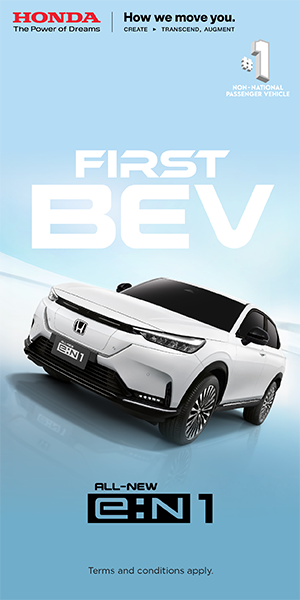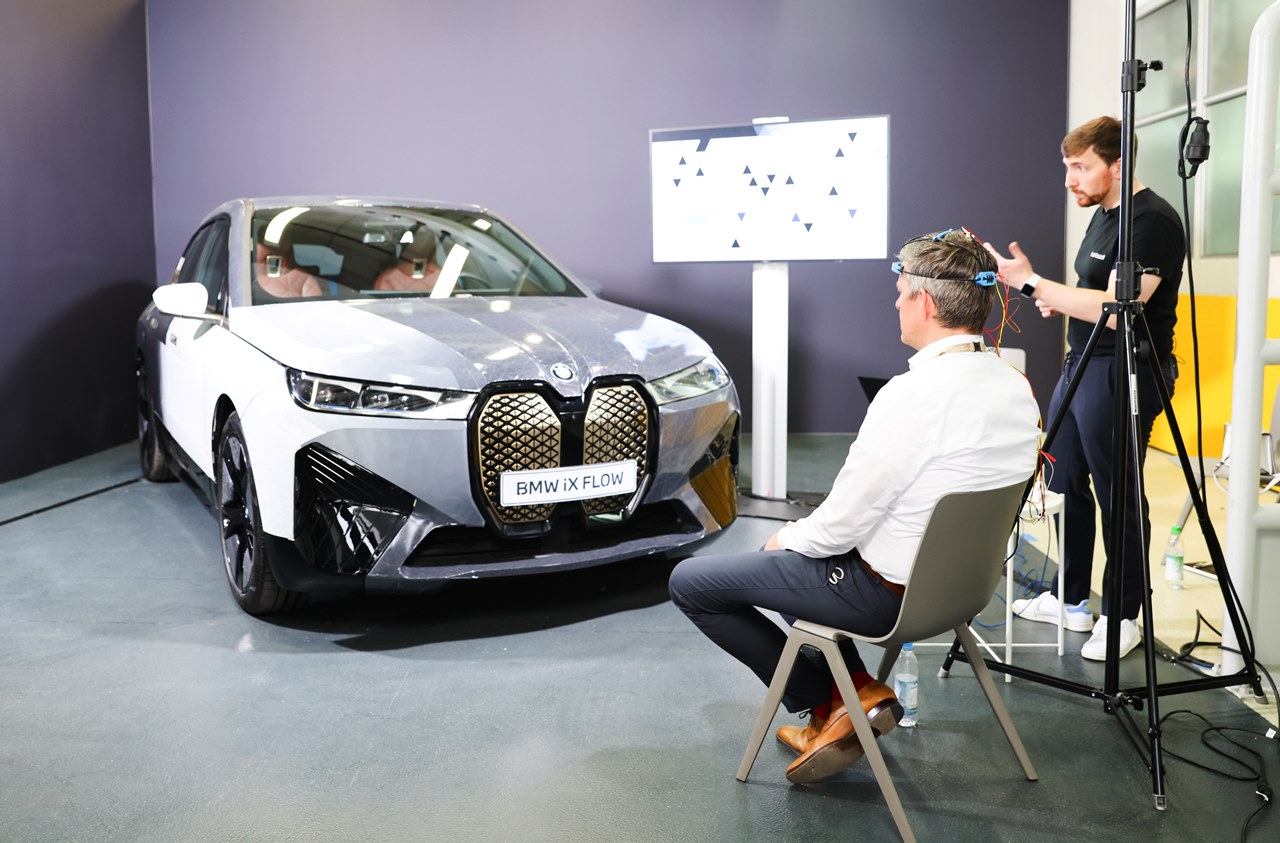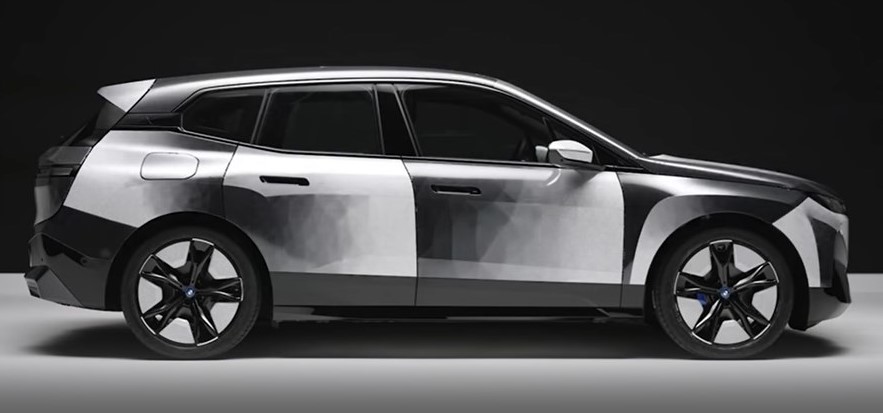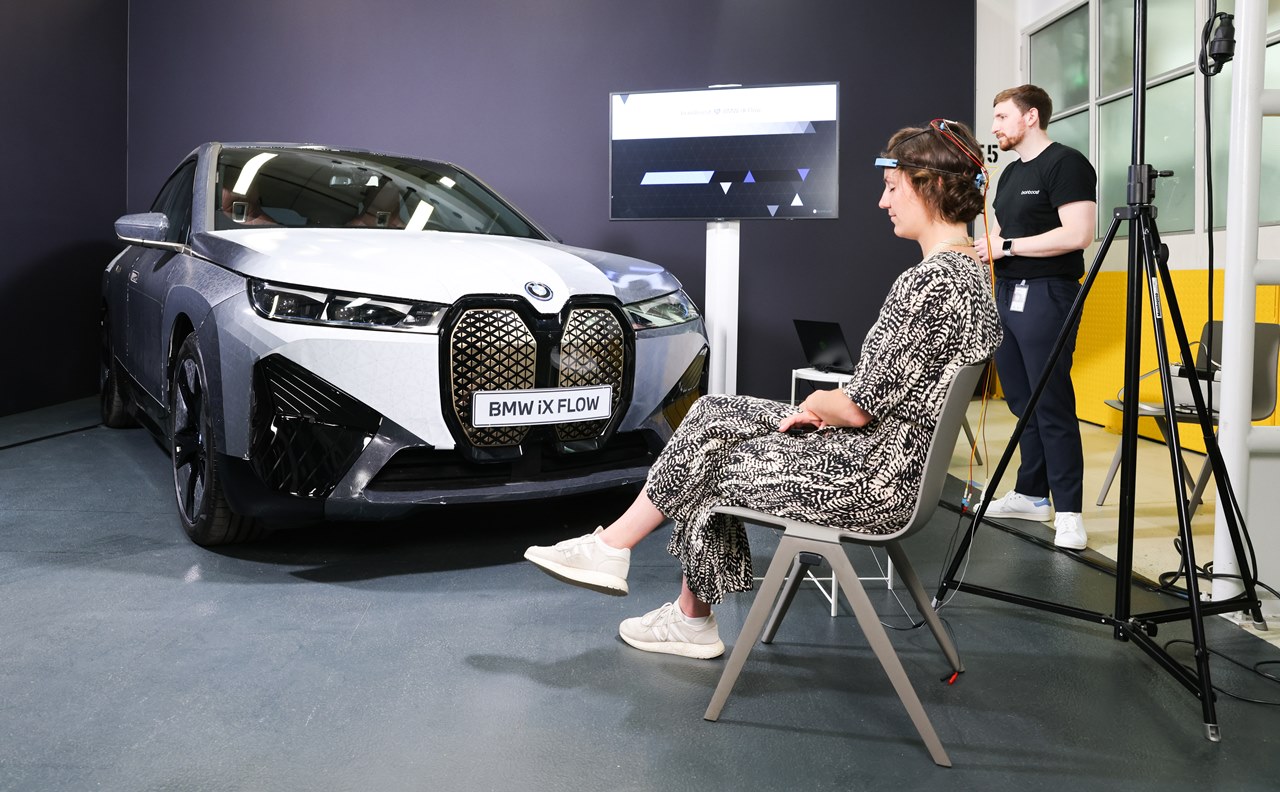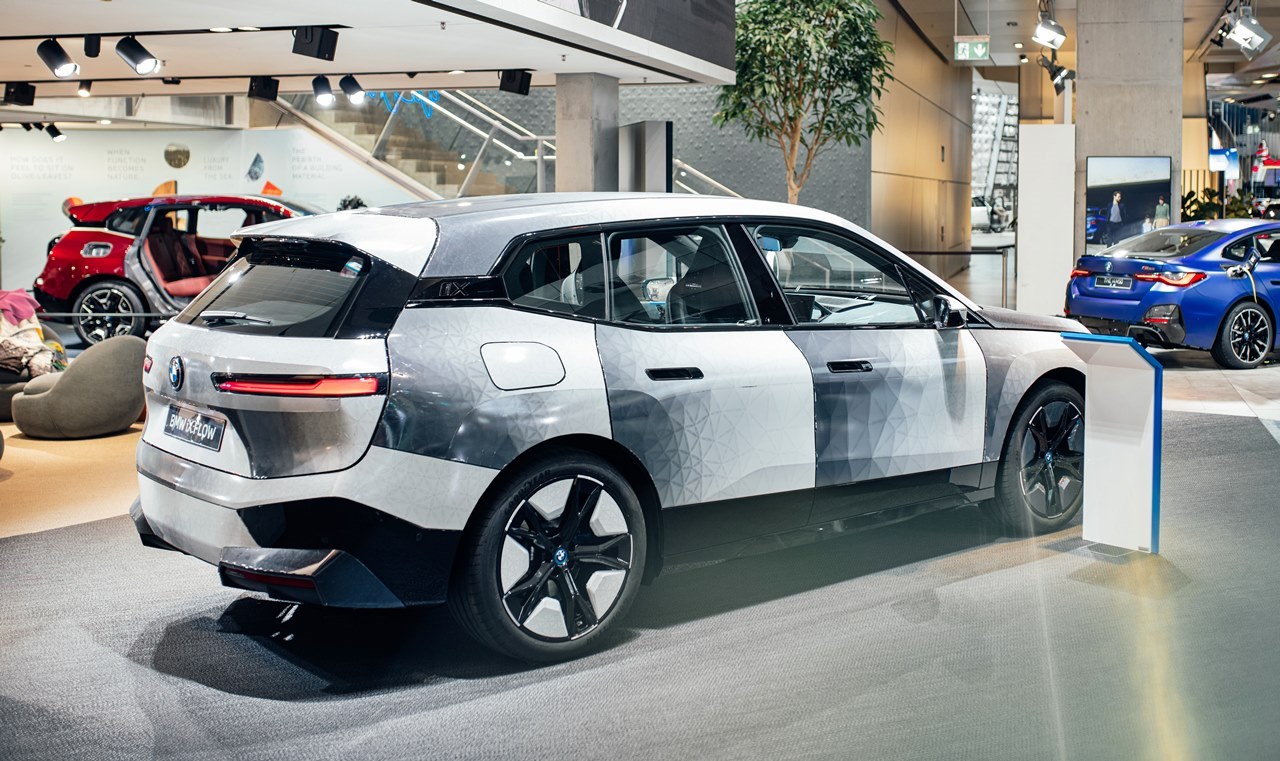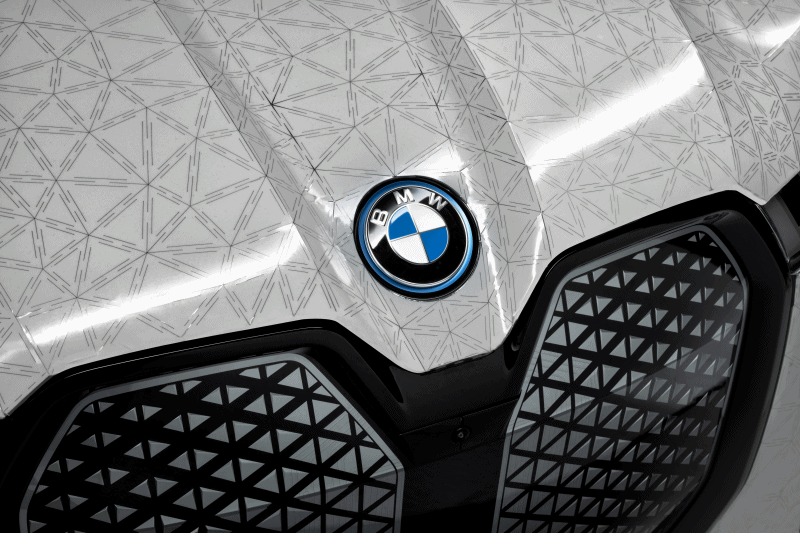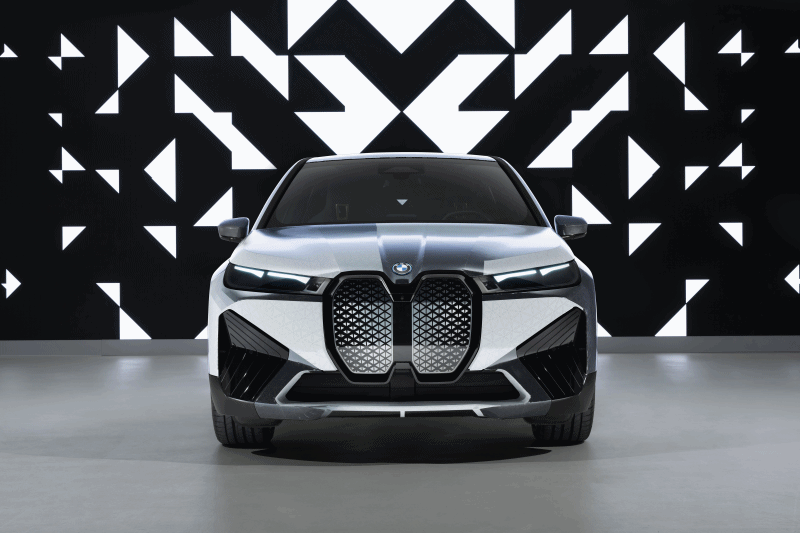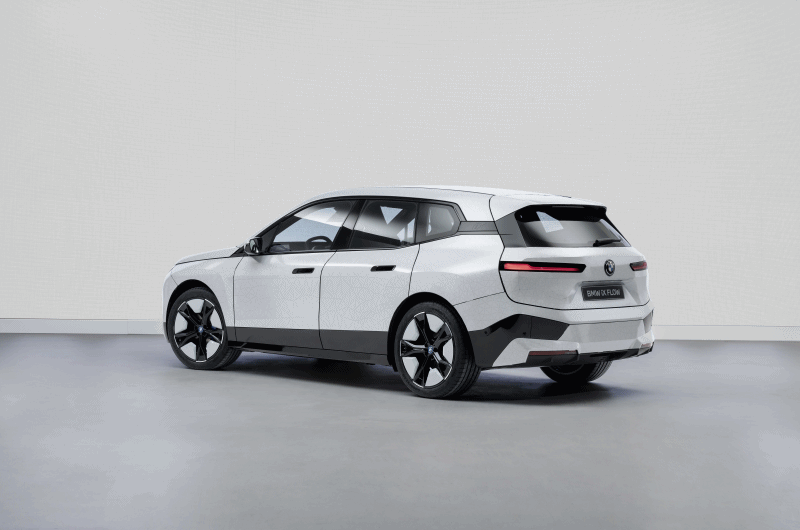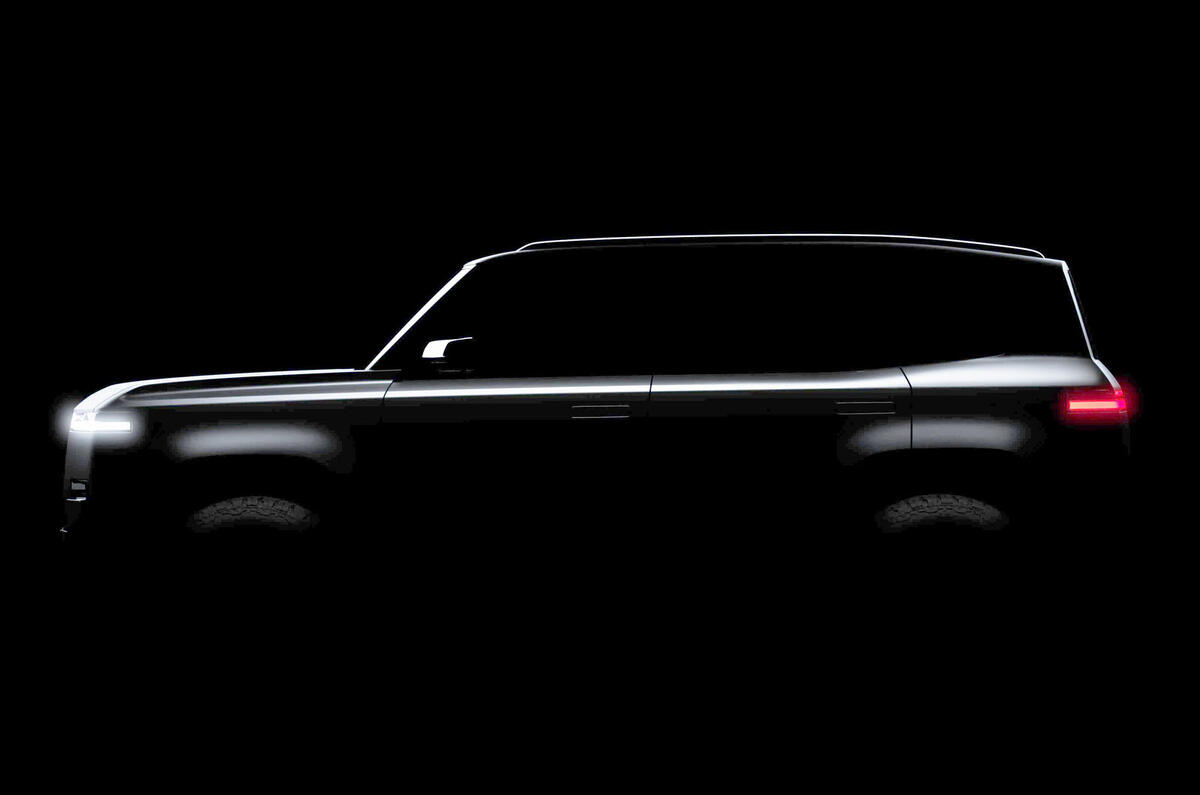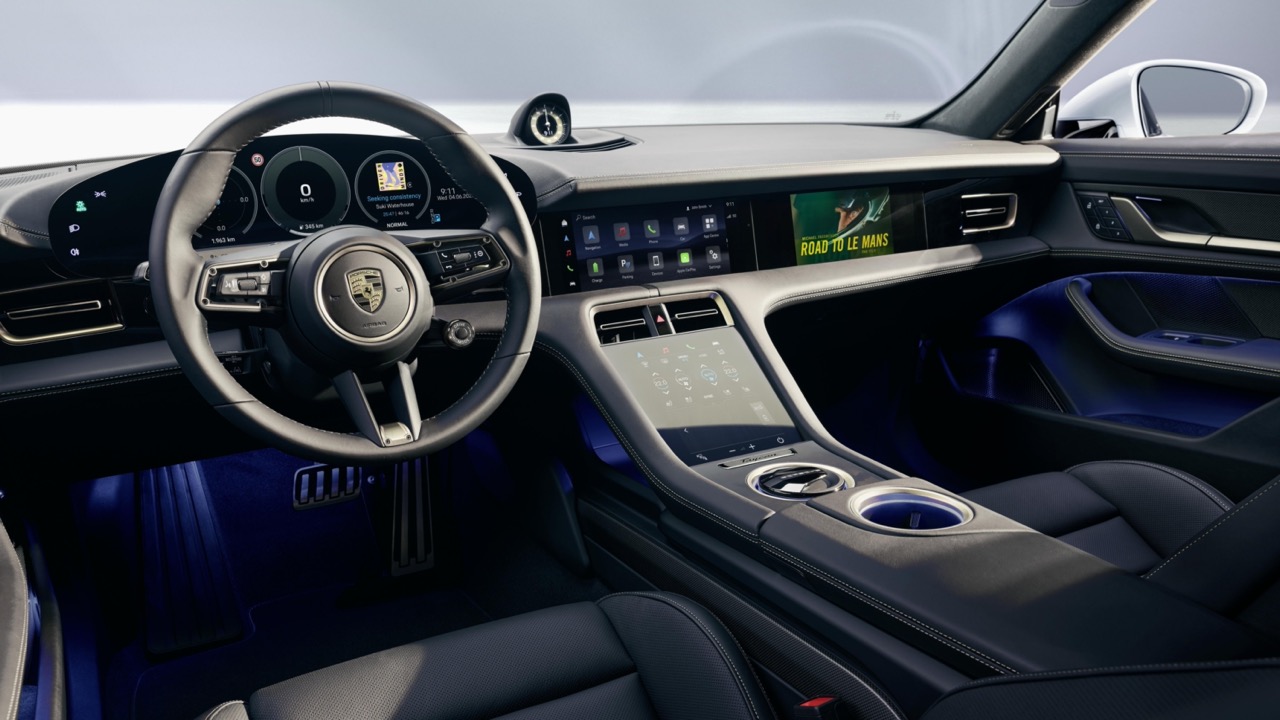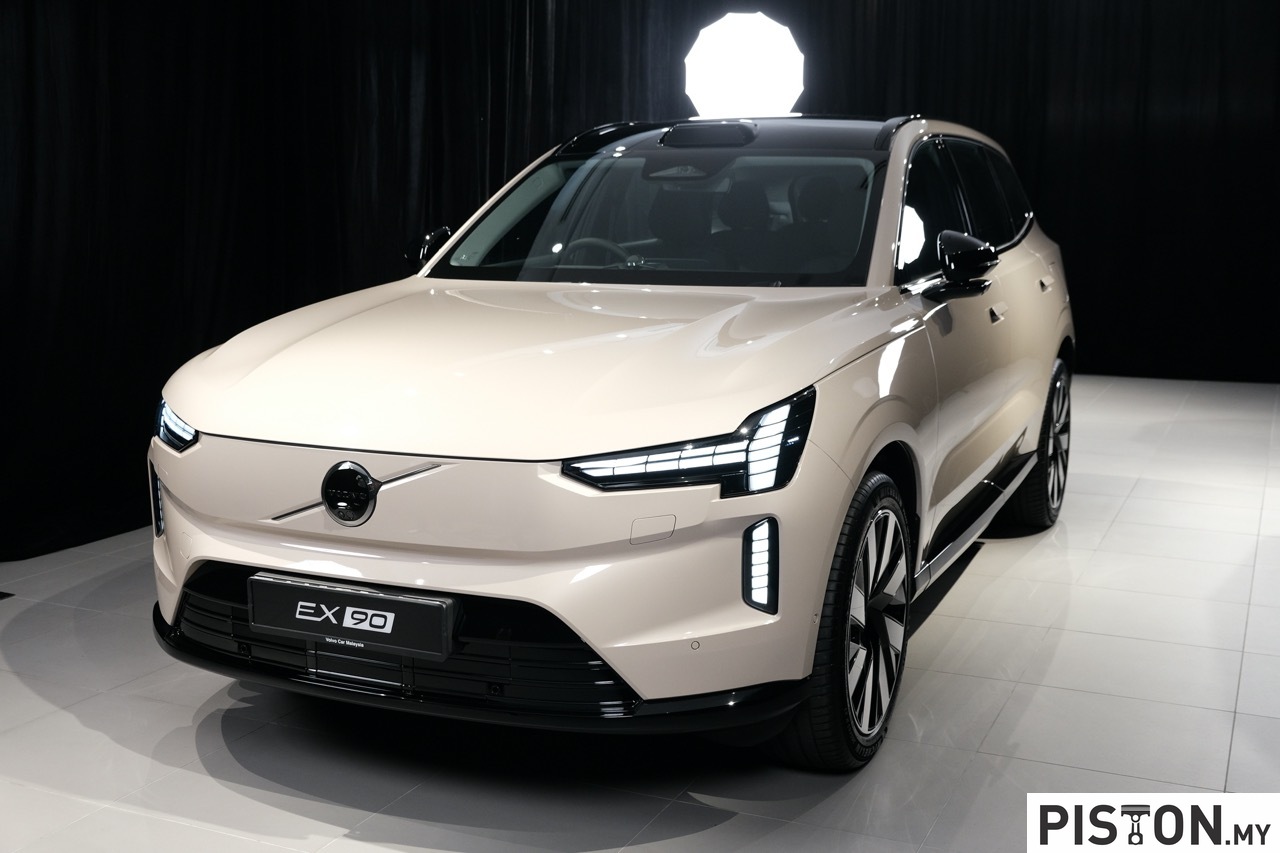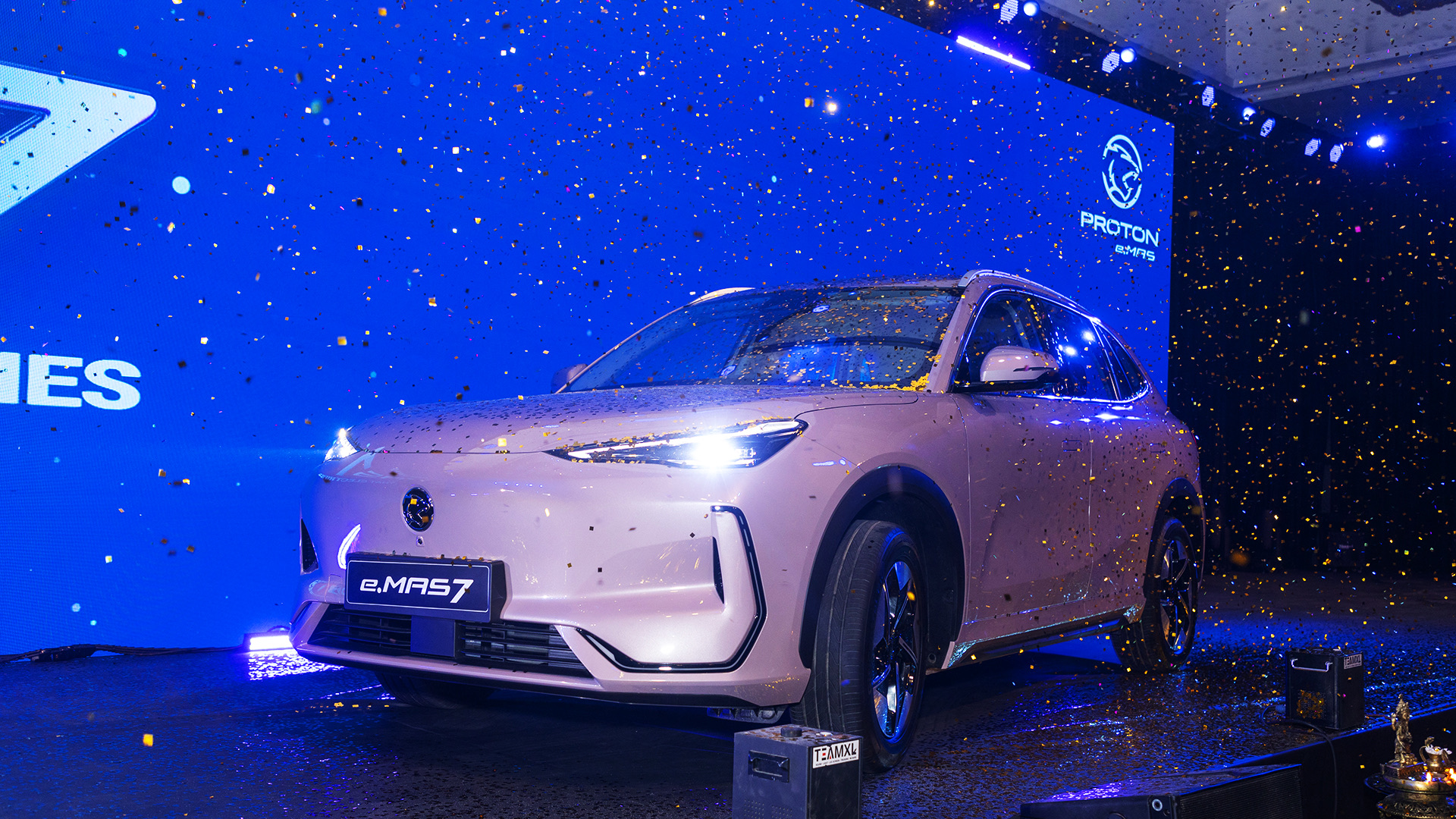Wouldn’t it be nice to have the colour of your car change as you wish, with just the touch of a button? It’s still an idea in science fiction but the BMW Group has developed a technology which can do it. The technology, known as E Ink, was demonstrated on a BMW iX Flow at the Consumer Electronics Show (CES) 2022 in Las Vegas this year.
“Since then, we have already introduced further improvements for the technology,” said Stella Clarke, project lead of the BMW iX Flow. “Previously, the changes between colour patterns only took place in a gradual transition. Now, the control electronics have been tweaked to enable instantaneous transformations, resulting in an even more stunning visual effect.”
Neurotechnology to change colours
In a one-off collaboration with the BMW Group, a Munich-based start-up called brainboost has developed a new and improved colour-changing effect using brainwaves. With the help of brainboost, the BMW iX Flow was connected directly to the brain of the delegates at a dialogue platform using an electroencephalograph (EEG), which records the brain’s electrical activity.
“The colour patterns of the BMW iX Flow react to brain activity and reflect the level of activity,” explained brainboost CEO Philipp Heiler. “Once the brain is at rest, the changes of patterns on the iX Flow also become calmer and more rhythmical.”
A special animation was activated if delegates managed to maintain this state for several seconds. Thus, the participants were able to gradually calm and relax their brains under the guidance of the brainboost experts and with the help of neurofeedback via the iX Flow.
Technology behind the colour change
The body of the BMW iX Flow is laminated in a special film containing millions of colour capsules. When stimulated by electrical signals, negatively charged white pigments or positively charged black ones will collect at the surface, thereby changing the exterior colour.
The innovative E Ink technology opens completely new ways of changing the vehicle’s appearance in line with the driver’s aesthetic preferences, the environmental conditions or even functional requirements. By making it possible to alter the body colour and display different patterns, the BMW iX Flow featuring E Ink opens up a whole new way of personalising the driving experience.
Apart from a greater degree of personalisation, a customer will also not have to settle for just one colour – he or she can have many more for different occasions! “This gives the driver the freedom to express different facets of their personality or even their enjoyment of change outwardly, and to redefine this each time they sit into their car,” said Clarke.
Colour variability enhances efficiency
A variable exterior colour can also contribute to wellness in the interior and to the efficiency of the vehicle. This is done by taking account of the different abilities of light and dark colours when it comes to reflecting sunlight and the associated absorption of thermal energy. A white surface reflects a lot more sunlight than a black one. By implication, heating of the vehicle and passenger compartment as a result of strong sunlight and high outside temperatures can be reduced by changing the exterior to a light colour. In cooler weather, a dark outer skin will help the vehicle to absorb noticeably more warmth from the sun.
In both cases, selective colour changes can help to cut the amount of cooling and heating required from the vehicle’s air conditioning. This reduces the amount of energy the vehicle electrical system needs and with it also the vehicle’s fuel or electricity consumption.
In an all-electric car, changing the colour in line with the weather can therefore also help to increase the range. In the interior, the technology could, for example, prevent the dashboard from heating up too much.
E Ink technology itself is extremely energy efficient. Unlike displays or projectors, the electrophoretic technology needs absolutely no energy to keep the chosen colour state constant. Current only flows during the short colour changing phase.
The technology is still under development and as with many new advanced technologies, it will be expensive when it is initially offered. But over time, the cost could come down and then everyone can have a colour-changing car (the police won’t be happy!).
THE 8 X JEFF KOONS – most elaborately designed vehicle in all of BMW’s history



